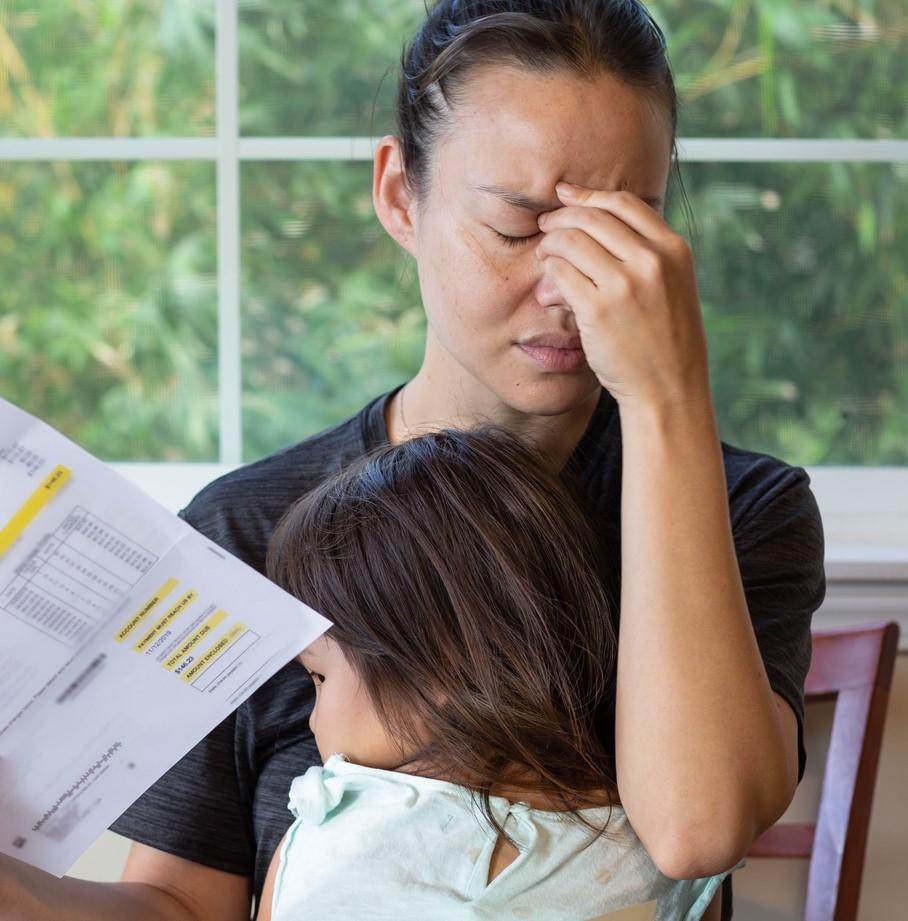Today in JAMA, researchers show that US renters who were served eviction notices in the first 2 years of the COVID-19 pandemic had a high proportion of excess deaths.
Investigators from Princeton University and Rutgers University-Newark analyzed linked eviction and death records from January 2020 to August 2021, comparing them with projected death rates estimated from comparable records in 2010 to 2016. Two comparison groups were made up of all people living in the study area and a subsample of those living in high-poverty, high-eviction housing tracts who didn't themselves face eviction.
The median age of the threatened renters was 36 years, 62.5% were women, 57.6% were Black, and their median annual household income was $38,000, with 25.9% living below the poverty line.
Renters who pay a large proportion of their income for housing face health consequences from having to prioritize rent over health-related expenses like food and healthcare, psychosocial distress, and reduced ability to address immediate and long-term health needs, the researchers said.
"The COVID-19 pandemic worsened this crisis by contributing to large-scale job and wage loss, especially for Black and Hispanic renters who already experienced the highest rates of housing instability owing to an ongoing history of discriminatory housing policies and practices," they wrote.
Black women received highest share of notices
A total of 282,000 renters received an eviction notice in 2020 and 2021, during which time their observed death rate was 106% higher (238.6 deaths per 100,000 person-months) than the expected rate (116.5 per 100,000)—or more than double.
The COVID-19 pandemic worsened this crisis by contributing to large-scale job and wage loss, especially for Black and Hispanic renters who already experienced the highest rates of housing instability.
In contrast, the observed death rate among similar renters not served notices was 25% higher (142.8 deaths per 100,000 person-months) than the expected rate (114.6 per 100,000). In the general population living in the study area, the expected death rate was 83.5 per 100,000 person-months, compared with an observed death rate of 91.6 per 100,000, or 9% higher than expected.
During the study period, eviction filings were 44.7% lower than expected, and Black women faced the highest proportion of eviction filings (38.7%), despite making up only 11.5% of renters.
"The pandemic roughly doubled mortality rates across all ages for threatened renters, translating to large absolute excess mortality for older age groups," the authors noted. "The filed-against population is much younger than the general population; a large proportion of filings during the pandemic targeted renters aged 25 to 40 years, ages when background mortality tends to be much lower."
Filings alone enough to displace renters
Eviction filings pose a risk of displacement even if they do not result in formal eviction, by pushing out tenants who know that the odds of receiving a favorable judgment in housing court are against them, the researchers said.
"Combined with associated fines and fees, filing alone can push renters into even more precarious and overcrowded housing, increasing risk of exposure to COVID-19," they wrote. "While fewer renters faced the threat of eviction during the pandemic, owing to programs such as eviction moratoria and the Emergency Rental Assistance program, threatened renters were at far greater risk of death."
The results, the investigators said, show that those who face eviction are an especially at-risk population. "Our results highlight the importance of monitoring health outcomes among marginalized populations that can't currently be disaggregated in national health statistics," they concluded. "Our results also underscore the need for policymakers and researchers to take into consideration access to safe and stable housing when designing health interventions."




















